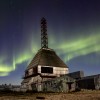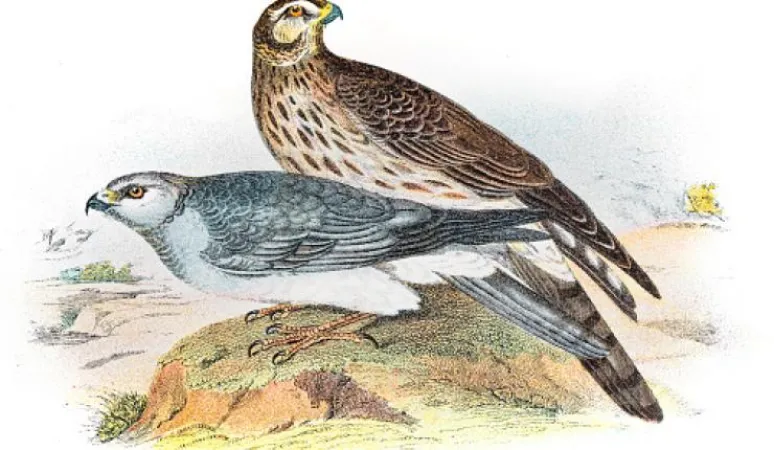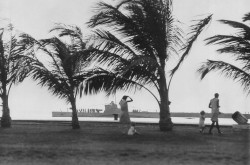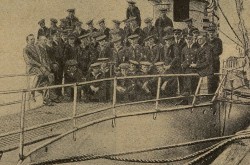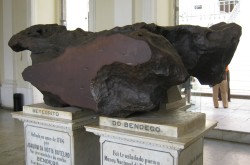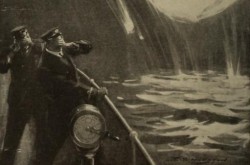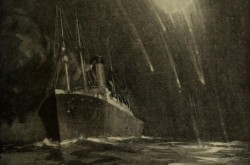Bird's Eye View
This article was originally written and submitted as part of a Canada 150 Project, the Innovation Storybook, to crowdsource stories of Canadian innovation with partners across Canada. The content has since been migrated to Ingenium’s Channel, a digital hub featuring curated content related to science, technology and innovation.
Bird’s Eye View
It’s the golden hour of Churchill weather: the temperature is above zero every day, the sun is shining, but the mosquitoes have not yet poked their ugly proboscises out of the ponds. The conditions make it the ideal season for birdwatching, and both bird researchers and the Spring’s Wings Learning Vacation have taken full advantage of that opportunity, bringing their knowledge and observations to the CNSC.
Among the species sighted was a parasitic jaeger, a piratical predatory bird with a lazy streak: according to researcher Tim Poole, its attitude boils down to ‘Why do the work yourself when you can get someone else to do it for you?’ Along with preying on the chicks of various species, it thrives off stealing the fruits of their labours, chasing other birds until they drop their catch. Despite their tyrannical behaviour, they are graceful fliers, distinctively pointed tails extending like the nib of a fountain pen.
Tim and local bird expert Bonnie Chartier were overjoyed to spot an American golden plover, after a long and frustrating search. One of several plover species to breed in the Churchill region, it is ordinarily a common sight, but this year, it proved unusually elusive. It is a well-travelled bird, wintering in South America and breeding in the tundra. The habitats it frequents are under threat from both climate change and development, something that initiatives such as Important Bird Areas (IBAs) seek to address. IBAs identify regions on which 1% or more of a given bird species rely, promoting efforts to study and protect those places, and encouraging birders to contribute their observations, photographs, and ideas.
As well as being situated on an important migratory route, Churchill’s rich variety of bird life comes from its position on the border of Arctic tundra and boreal forest, or taiga. The proximity of Hudson Bay means that sea and shore birds frequent the area, while inland, marshes and fens provide habitat for wetland species. It’s prime terrain for IBAs, and the observations the Spring’s Wings participants have made, on numbers of species, individuals, and where they were seen, can come in handy this way. The information helps the IBA managers keep track of the birds using the area for nesting, or as staging grounds during migration, providing a broad picture of the birds of Churchill in late spring.
In many ways, birdwatching captures the spirit of citizen science. One can get to know birds nearly anywhere – backyard gardening, mountaineering, walking or biking to work – and they can be a casual interest, a lifelong passion, or somewhere in between. The resources of the birding community are extensive, but easy to use. The database eBird is aimed at collecting data from across the globe to establish both birding hotspots and population trends, helping to inform conservation efforts. For quick details on a certain bird species, the Audubon Field Guide and the Cornell Lab of Ornithology both provide user-friendly, straightforward pages on North American birds; the former includes a map predicting the effects of climate change on habitat and population.
There is an incredible breadth of information available, and the technology to access it is forever changing. Birding apps are making backpacks lighter by removing the need for a guidebook, and the availability of recordings makes it easier to identify birds by ear. The CBC broadcast ‘Tweet of the Week’ and the BBC’s ‘Tweet of the Day’ had playful variations on this, in which a few bars of birdsong were followed by an expert’s explanation and choice details on the bird in question.
Now and again, however, the silent birds are the most memorable. A near-perfect camouflage of vertical stripes means that the bittern’s best defence is to stand perfectly still, head tilted upward, among rushes or cattails. Spring’s Wings spotted it among the sparse vegetation, and for several minutes, it held its singular posture. Although its call is easily recognised (known as ‘booming,’ it bears no small resemblance to the twang of an elastic band), this one was quiet, hoping not to be noticed.
The best way to learn is out in the field, and that is what brings both researchers and birders to Churchill and to the CNSC. Their location gives them daily access to the tundra, forest, and shoreline, meaning the chance to sight a wealth of species in their natural habitats. Yet the best part of birdwatching is the element of surprise. Just as Spring’s Wings drew to a close, a pair of bald eagles was sighted several times – appearing out of the blue.


